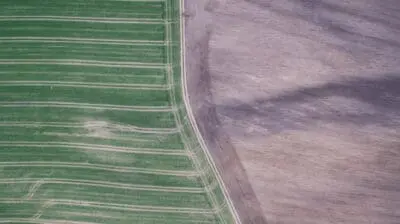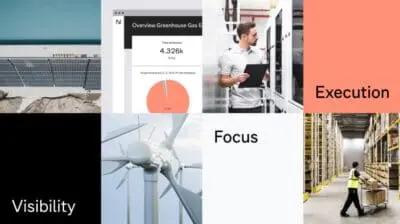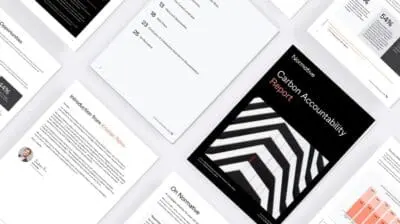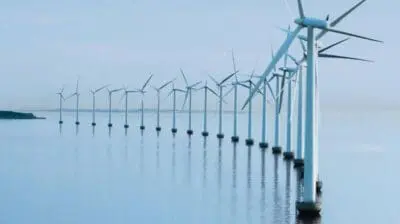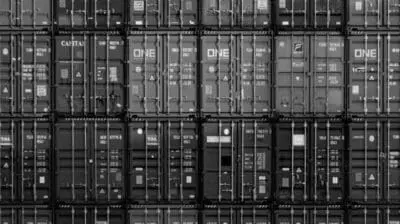How Mastercard engages its value chain in carbon reduction

A conversation with Athanasia Xeros, Director of Environmental Sustainability at Mastercard.
In this interview excerpt from our free guide to value chain engagement, Mastercard’s Director of Environmental Sustainability, Athanasia Xeros, explains the credit card giant’s hands-on approach to reducing value chain emissions.
What are Mastercard’s climate targets?
In the long term, our goal is to bring all of our greenhouse gas emissions to net zero by 2040 – including our value chain emissions. For this goal, we want to align with SBTi’s net zero standard.
We also have near-term science-based targets for 2025, which are to reduce Scope 1 and 2 emissions by 38% and Scope 3 emissions by 20%, with 2016 as the base year.
How does value chain engagement factor into your net zero strategy?
For a company like Mastercard, we have to engage our value chain to meet our climate targets.
We don’t have a data center, or produce hardware, and so on – our direct emissions are relatively small. So, like others in our industry, the majority of our emissions are in our value chain.
For our value chain reduction work, we’ve chosen to engage with a group of suppliers who account for 75% of our value chain emissions.
How are you engaging with those suppliers?
We want our supply chain to set its own net zero goals. A big part of this is our collaboration work, where we partner with the suppliers to help them find ways of reducing their greenhouse gas emissions, and build their ability to do so.
“We want our supply chain to set its own net zero goals”
For example, some of our suppliers have never worked with their carbon emissions. So we help them do their first measurements and find long-term greenhouse gas reduction strategies, connecting them to projects around renewable energy or efficiency.
Since we started this program in 2016, we’ve noticed an increase in enthusiasm for these projects over time. And the attitudes have changed even more markedly recently, with the SEC’s proposal and the increasing legislative requirements in the EU – soon, this type of work will no longer be optional.
What are your recommendations to other businesses that would like to get started?
Jump in right away.
The first thing to do is get a baseline, and your first baseline is not going to be perfect, but you will still start to understand your emissions and learn where your hotspots are – and this will help you create your program and make incremental change.
Again, you don’t have to be perfect. You can begin with spend-based calculations, and over time you can refine these with activity data. You don’t have to know everything to start this journey.
Watch Mastercard’s Director of Environmental Sustainability speak about the challenges of engaging value chains
A practical guide to value chain engagement
Large businesses have much to gain from reducing their value chain emissions: they can mitigate risk, improve brand equity, and earn competitive advantages. Learn how your business can engage its value chain in our pragmatic guide.


